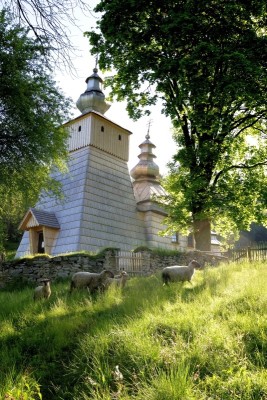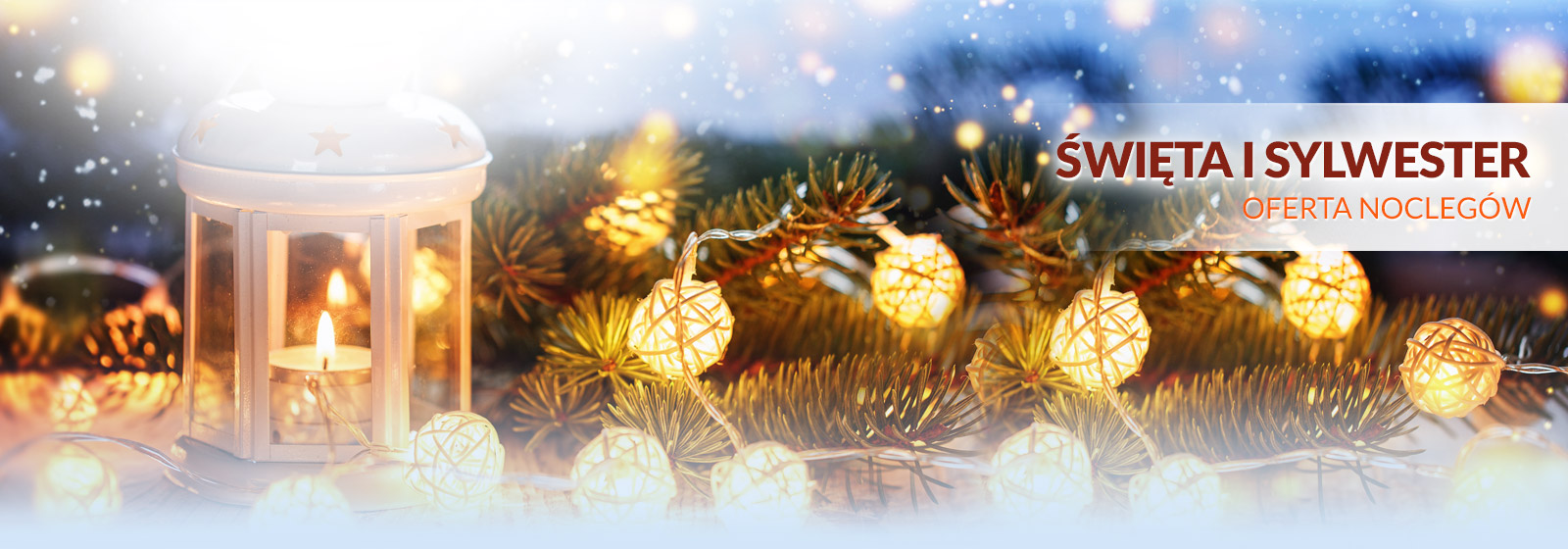In villages Lemkos’ main occupations were farming and breeding. Soil and climate were of poor quality therefore crops were poor as well. What is more, their land was becoming fragmented and there was an increase in population. These conditions resulted in the fact that many people were forced to leave their lands or what was more popular they tried to find occupation different from farming. At the beginning of the twentieth century because of the fact of bestowing property on countrymen, problems of administrative nature appeared. There were 3-4 units of land given to a single country family, which on average were divided into 19 lots. In conditions like that development of agriculture was impossible. Farms became impoverished and there was no money for the modernisation of production. One solution was so called ‘komasacja’ – it was an integration of lands that started after the WW. For years invariably they had worked using the same primitive tools, such as: sickle (for cutting cereal crops), hoes (for lifting potatoes), and flails (for threshing). Many works that could have been done with the use of modern tools were done by hand. The main beast of burden were cows, only the richest had oxen.
 |
Only after the settlement of Lemkos in Poland their main occupation was herding – they bred sheep, and on a smaller scale goats and cows. At the beginning (in a Wallachian way), in summer they moved with herds to the upper parts of hills, in winter they went down to the valleys. As the time went by, they started to settle and pasturage took a form of common herding of animals from the whole village up the mountains for the whole spring and summer period – it was so called ‘hut grazing’. At the beginning of the nineteenth century there was a sheep pestilence that significantly reduced the number of sheep. This fact caused Lemkos became reluctant to keep sheep for winter - they bought them during Easter period, herded them, and sold at the market in autumn – markets were in Zdynia, Ujście Ruskie and Łabowa.
Farms of Lemkos were to a large extent dependent on forest products – clearings and carrying of wood were one of the most reliable source of income. Only until recently the method of burning out woods on the lands of Lemkos had been used – after the clearing of the part of forest – the remains of shrubs and bushes were put into heaps and burnt. Ashes were used as fertiliser for the created field that was used for several years and then converted into grass-land (it got overgrown with shrubs and saplings and the procedure could be repeated). In forests mushrooms and blueberries were picked, Lemkos also hunted.
When there was a failure in crops or farming didn’t bring any income Lemkos turned to the occupations not connected with agriculture. Especially woodwork was profitable, among Lemkos there were many coopers, those who laid and produced shingles and spoons, there were also producers of toys and various household articles. Among women the most common occupation was weaving and spinning – mainly for the use of the members of family – almost every farm had a few sheep and a small flax and hemp-growing. Wanderers, going from village to village, occupied themselves with glass-making, they produced wood tar ( a product of dry distillation of wood of antibacterial spectrum, used in the folk medicine) and wood gunge (used as grease for oiling axles, when the bearing was still wooden). There were lots of stone pits in the lands of Lermkos – as there were sandstones of very good quality in the surroundings. Lemkos produced whetstones, hones, millstones and stones for hand-mills.


